Typically, when people stay in Varanasi, they also visit Sarnath, a small town located nearby and easily accessible by tuk-tuk, taxi, bike, or even bus.
Sarnath was the first of the four most important places related to Buddha that I visited. It is here, at the request of students, that he gave his first ever spoken teachings—known as the First Turning of the Wheel of Dharma. Buddha famously said, “I teach only one thing: suffering and how to end suffering,” and explained about Four Noble Truths which are:
- The truth of suffering.
- The truth of the cause of suffering.
- The truth of the end of suffering.
- The truth of the path that leads to the end of suffering.
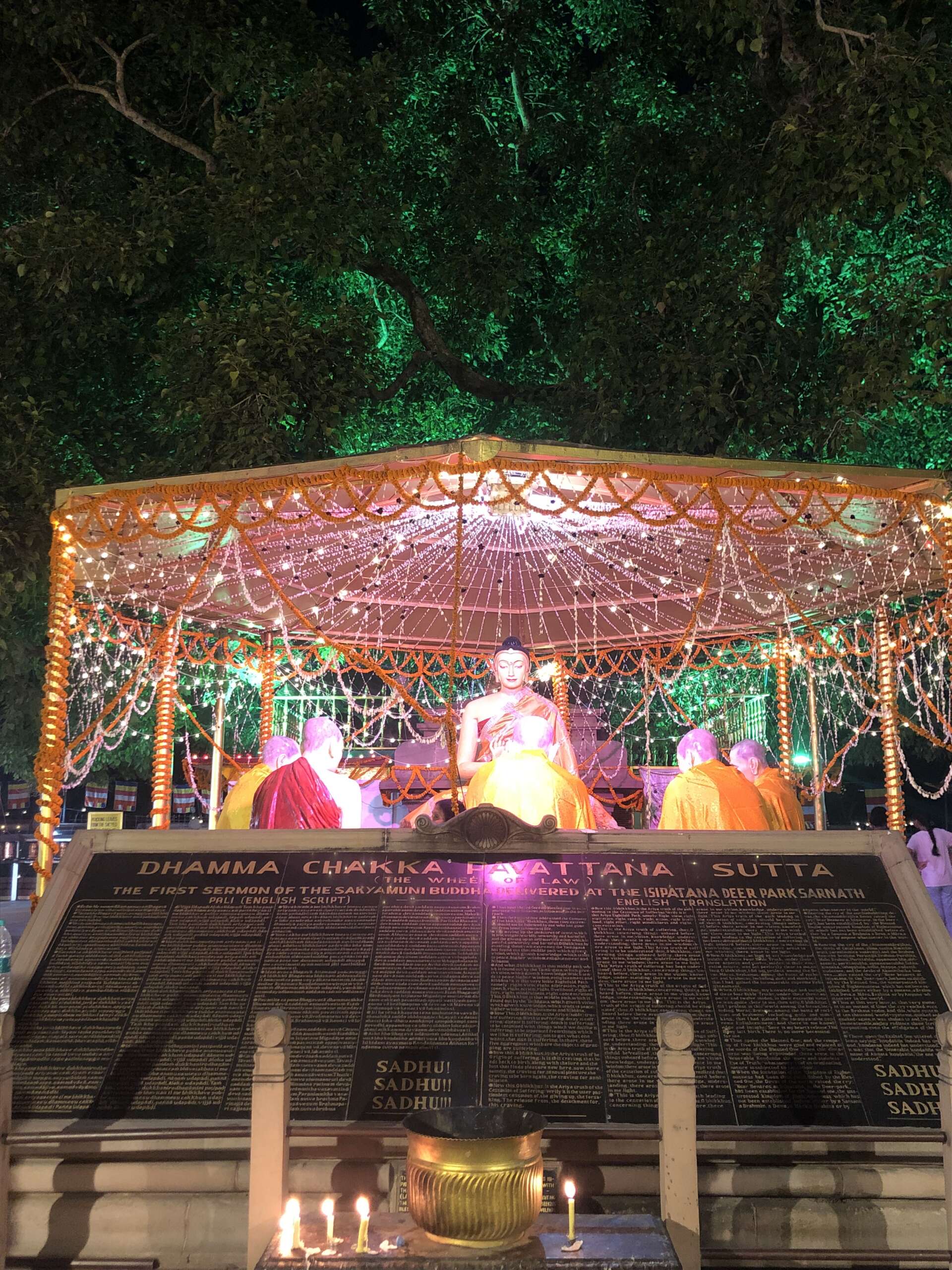
Sarnath is a place where different Buddhist traditions and schools unite under the umbrella of Buddha’s wisdom—the mutual and most revered teacher for all. Here, you’ll find temples from Sri Lanka, Korea, Thailand, Burma, Tibet, China and Japan.
I felt like I am in a right place. I was touching the very root of the path I had been following—like never before. Buddha became my teacher and loving caretaker, someone I trusted wholeheartedly. I opened myself to receive blessings, and it couldn’t have been more timely. At that moment, there was a rare opportunity to see Buddha’s relics, which are only displayed once a year. I was filled with gratitude, and it strengthened my spirit, especially since I had been struggling with some illness.
The following day, I went for a walk to explore some of the other temples. Though I was still quite weak, my mind was clear and full of joy, perceiving everything in a brighter light. As I walked past small souvenir shops and the monumental stupa, I reached the main road. I had no specific plans, but decided to turn right. A few minutes later, I came across the entrance to a Burmese temple. I entered and found a simple, almost empty shrine room with a Buddha statue at its center, flanked by students on both sides. The shrine was made entirely of mirrors—so beautiful and intriguing. I lingered there some time.
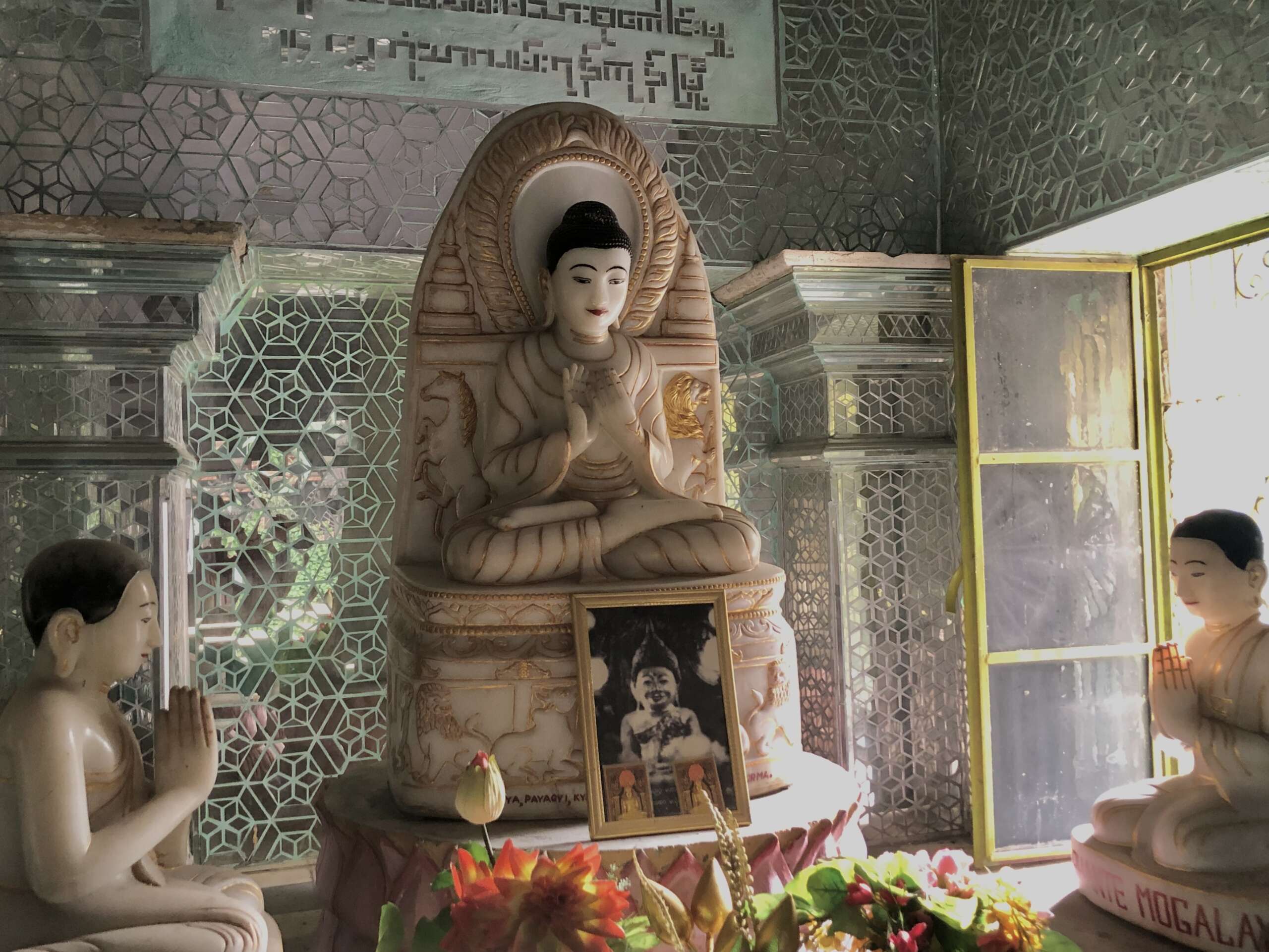
My legs still longed to move, so I stepped outside and wandered further. I crossed a large wedding center and soon came upon a gate, slightly ajar. Through it, I saw a bright Buddha statue and a beautiful garden, which drew me in. I stepped inside, and this place—Orgyen Samye Chokor Ling, the Padmasambhava Center—ended up becoming my home for the next month and a half.
After my time in Nepal and living solo in India for an extended period, I began to feel a sense of nostalgia for my recent years in Poland, where I was surrounded by close friends who supported each other in our journeys. I found myself recalling the teachings of Guru Chogyam Trungpa Rinpoche, particularly his Shambhala teachings. Those familiar with Rinpoche’s work know he had a deep appreciation for calligraphy, the tea ceremony, flower arrangement, and the traditional Japanese way of life in general. This sparked my renewed interest in Japan. Of course, I frequently visited the Japanese temple nearby, where the daily pujas (ceremonies) were accompanied by the powerful beat of drums and the chanting of the mantra, “Namu Myōhō Renge Kyō” at 5 a.m. and 5 p.m. The temple also offers a place for pilgrims wishing to stay there.
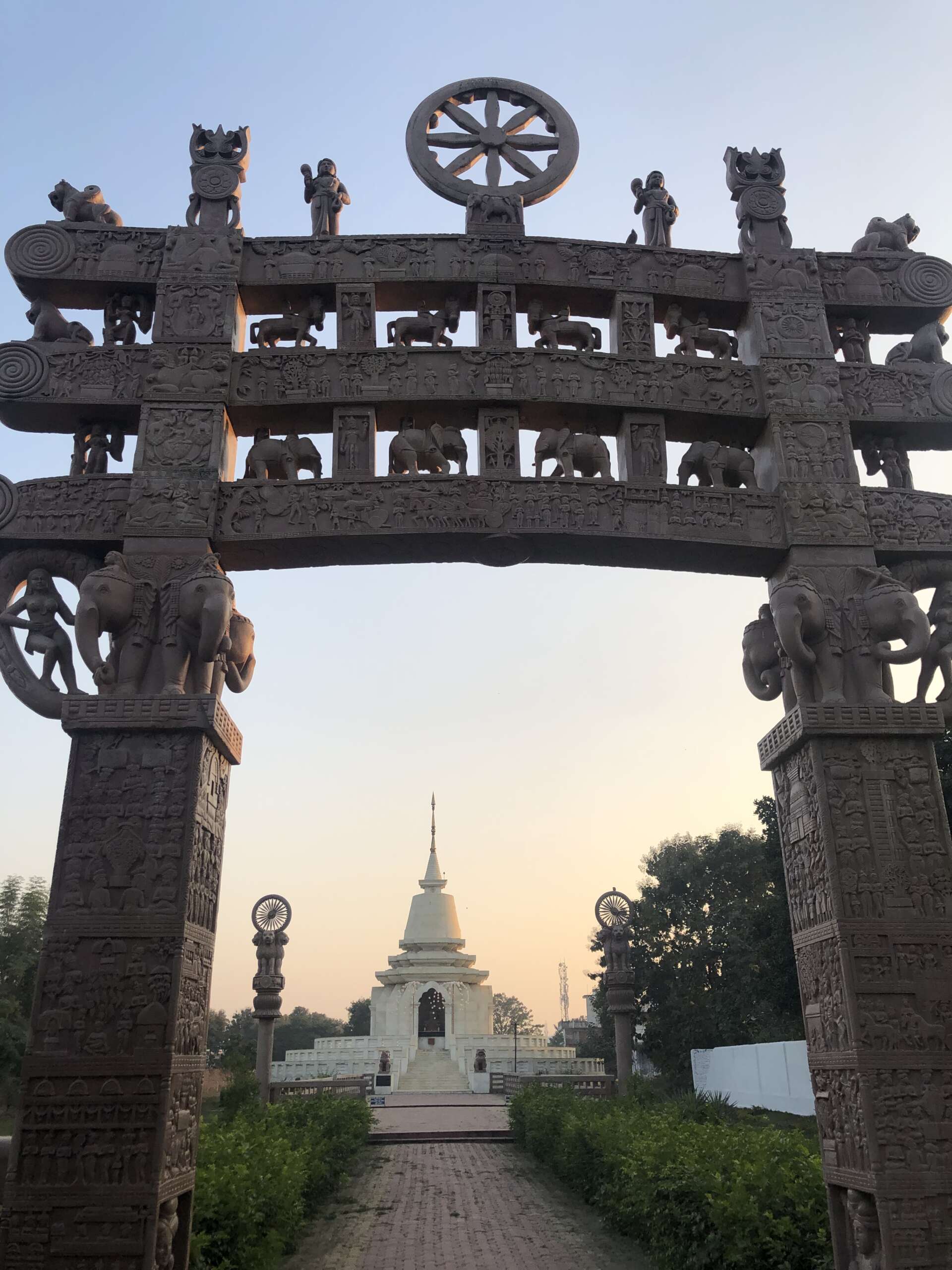
My stay at the Padmasambhava monastery began with me settling into a simple but comfortable room, adorned with an image of Shakyamuni from Bodhgaya’s main temple. I felt grateful for these circumstances: living in a place with its own rhythm and structure, surrounded by a community of monks, and in the company of new, genuine friends was exactly what I needed.
My days followed a gentle, repetitive pace—slow and seemingly monotonous. But in this simplicity, the aliveness of Buddha began to shine through the shimmer of leaf-like scattered thoughts. I often took naps, and wrote down simple reflections like:
The sun is shining
So bright
I’ll better take a nap.
As simple as that. I didn’t want to disturb the natural process that was unfolding within me with unnecessary mental activity. During this time, I also began drawing more.
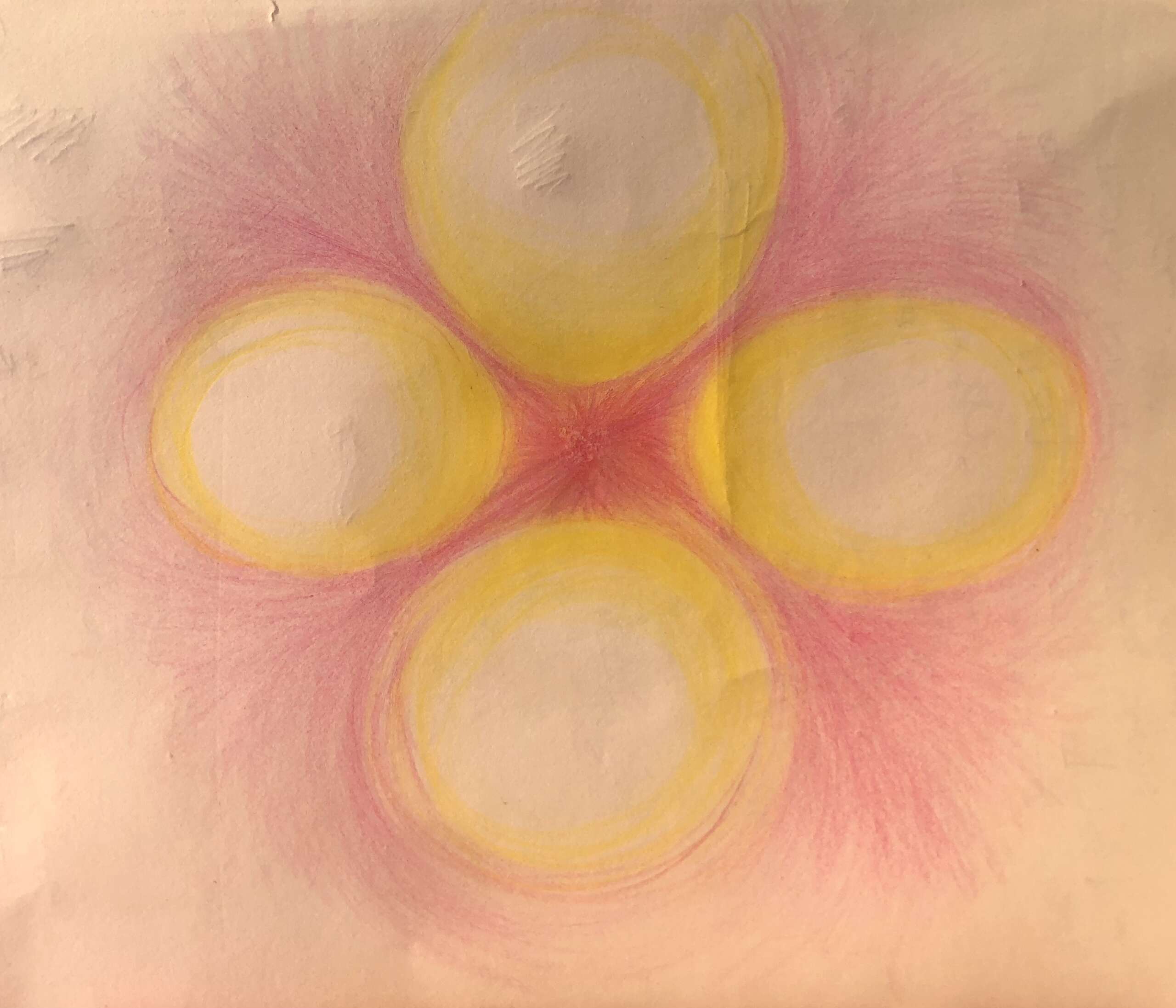
I had never seen a monastery with such beautiful greenery where I spent lots of my time reading and relaxing. I also was doing kora (circumambulations, a meditative practice) around the stunning white marble Buddha statue & practicing some old karate movements, meanwhile engaging in inspiring conversations with the dharma friends living there.
Oh, I can’t forget about the Japanese temple! From the very beginning, I was deeply intrigued by it. My first visit coincided with a prayer session that left me with a great sense of curiosity. It was here that I learned the power of simplicity. The cold-steel precision of each ceremony’s detail, combined with the warmth of the repetitive drumbeats—sounding as though they came from the earth’s core—along with the mantra chanting, had a profound impact on me. The mantra, *Namu Myōhō Renge Kyō*, translates to “Devotion to the Mystic Law of the Lotus Sutra,” which teaches that every being has the potential to become a Buddha.
Reflecting on my time in Sarnath, I realize how much it shaped my understanding and deepened my connection with the Buddha’s teachings. These experiences were life-changing lessons in simplicity, mindfulness, and the power of spiritual community. This time in Sarnath nurtured the best parts of me in the most organic and silent way… allowing me to grow and transform naturally, without force or expectation. My journey through these sacred places continues to guide me, reminding me of the truth that every being has the potential for happiness beyond any limits (sic!), and that with patience and practice, we can all come to understand the path that leads to the end of suffering. Which I wish for all of us.


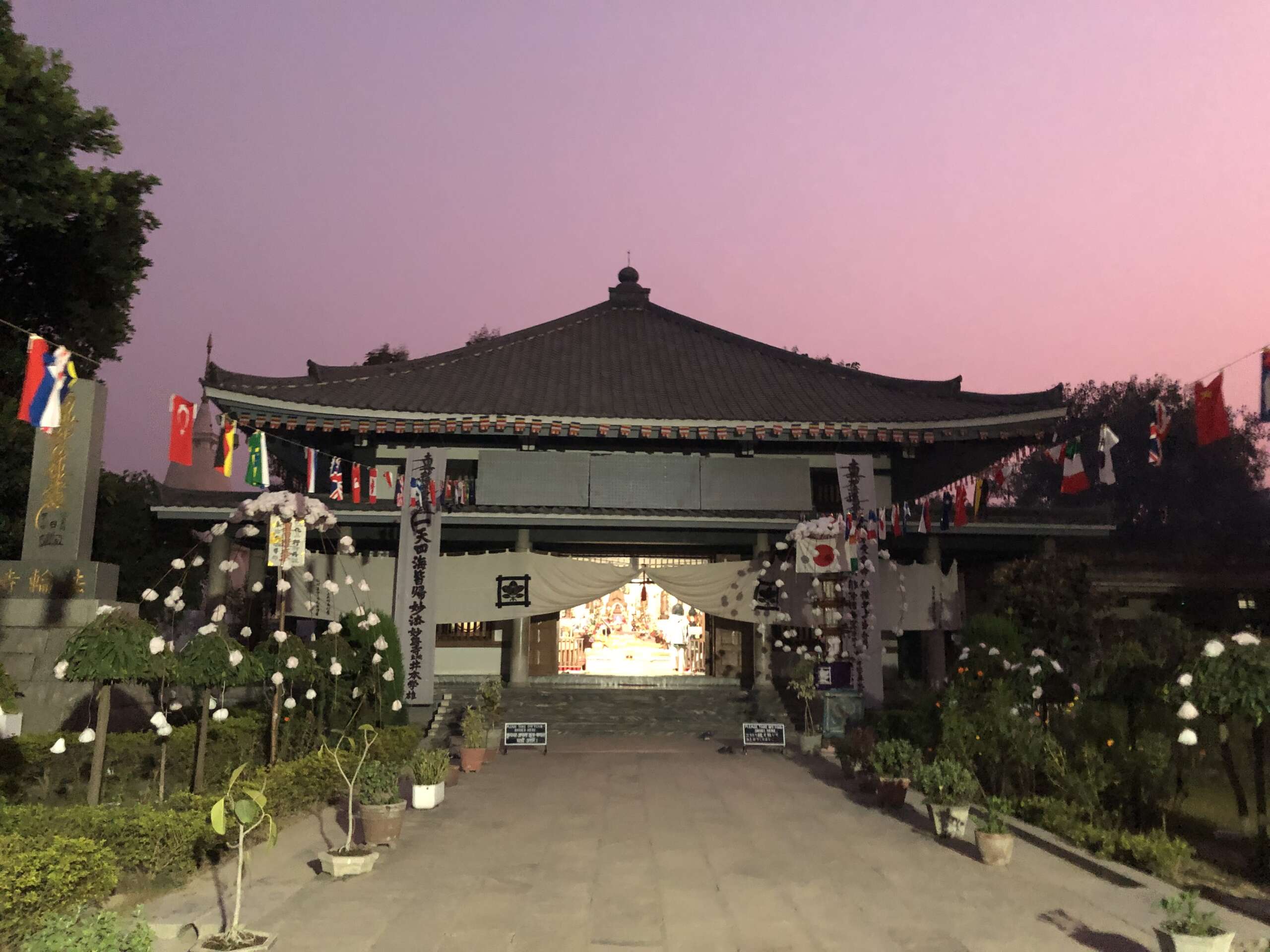
13 Comments
Comments are closed.